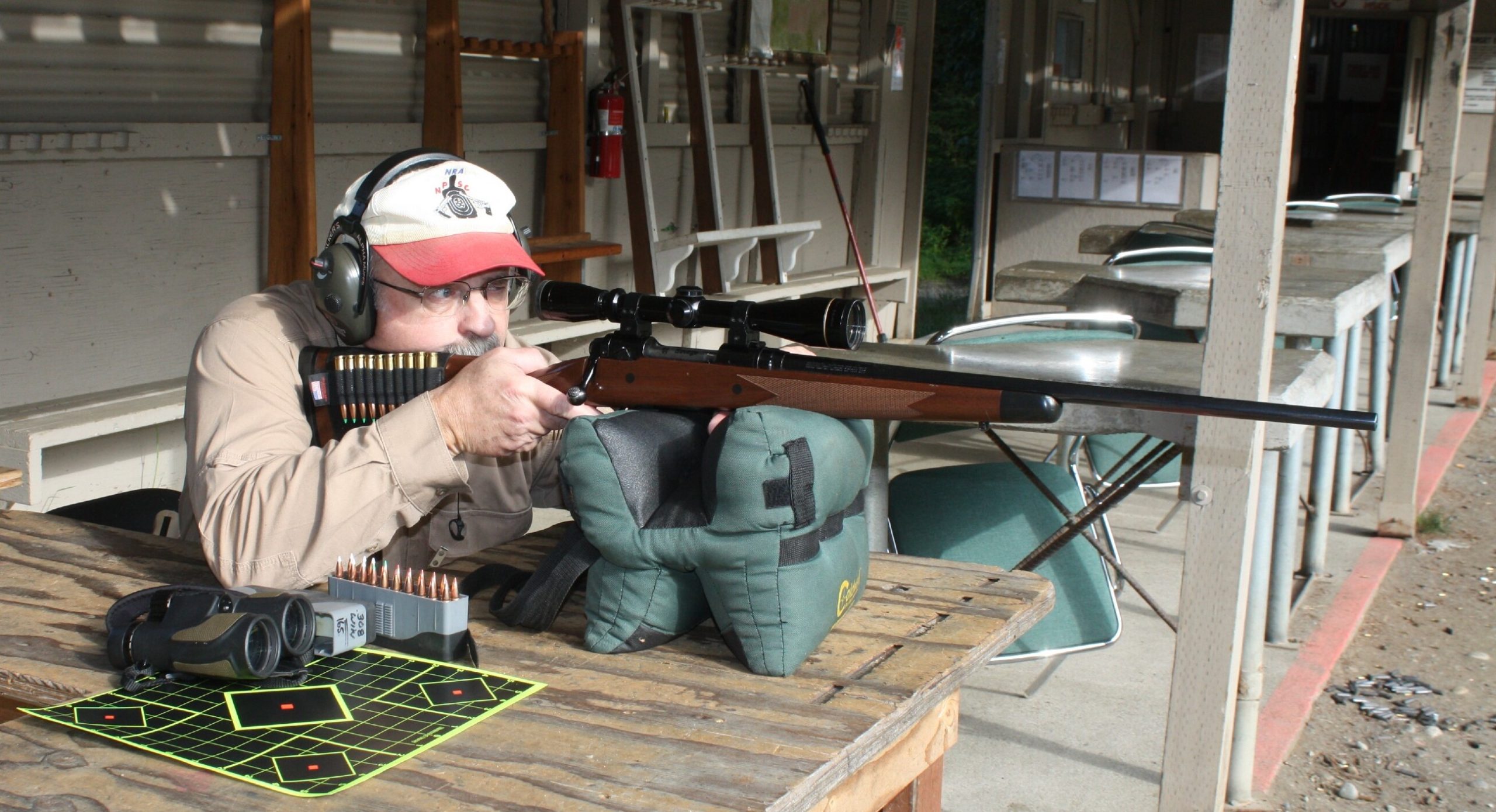
By Dave Workman
Editor-in-Chief
It has been used to anchor virtually every North American big game species and is known as a flat-shooting, hard-hitting round developed initially by the military to replace the .30-06 Springfield, with ballistics approaching the legendary ’06.
But the short-action .308 Winchester cartridge caught fire with sportsmen and women in the mid-1950s, quickly earning respect from those folks devoted to .30-caliber projectiles in deference to other popular rounds of the day. It became a hit in the northern “deer woods” of the upper Midwest and Great Lakes regions, while also scoring high marks with western hunters against mule deer and coastal blacktails, from northern California to Southeast Alaska.
As a cartridge, it’s about a half-inch shorter than the .30-06, so it nestles well in a short-action rifle, and nowadays, just about anybody who manufactures bolt-action rifles offers at least one model chambered for the .308 Winchester.
My last two bucks in Washington were taken with a .308, including my biggest over on the Snake River about ten years ago. My brother, Frank, also popped a Snake River 3-pointer with a .308 Ruger bolt action, and a couple of years later he put the hex on a dandy buck in the big Moses Coulee country of the northern Columbia Basin a year after I conked a buck in the same general area.

While there are a wide range of bullet styles and weights available for .308-caliber rifles, my personal preference is a 165-grain boattail because of their high ballistic coefficient and superb penetration on deer-sized game. A properly-placed .308 in the boiler works of a buck, bull elk, goat, sheep or black bear will assuredly guarantee meat in the cooler.
I’ve had good success with Nosler Ballistic Tip and AccuBond bullets, along with Speer boattails and Hornady Interbonds, all weighing 165 grains and loaded over H4895 or IMR 4895.
The most common twist rate for .308-caliber rifles is 1:10, although I’ve read about some models with a 1:12-inch twist. My Savage Model 14 American Classic is cut with the 1:10-inch twist, and it has put down bucks at better than 200 yards.
Reloading the .308 is kind of fun, for lack of a better word. First, I re-size each empty and then check the case for overall length, being careful to trim any cases back to 2.005-inch, as specified in my various loading manuals. Once that is done, I’ll deburr the case mouth inside and out, clean out the primer pocket and then toss the empties into a wet tumbler to polish them up. Usually a couple of hours in the tumbler with warm, slightly soapy water produces a like-new polish on most brass, making them far easier to run through the press.
After a wet tumble, it will take a day or two for any lingering water to evaporate, and the waiting is worthwhile. Sometimes, in the warmer months at least, my empty brass will dry out in the greenhouse, where temperatures sometimes hovering at 110 degrees quickly removes any moisture.
There are lots of propellants available for loading .308 Winchester cartridges, and a glance at any loading manual (I keep several on my loading bench) offers a lot of possibilities. I have always had good—and consistent—luck with H 4895 or IMR 4895 and see no reason to change. With the right bullet and powder combination, one might expect muzzle velocities to reach beyond 2,700 fps which, last time I checked, can put most critters down for the count.

There is something else about the .308 which puts it ahead of many other big game calibers, and that is recoil. I own a couple of rifles in .30-06, a cartridge with which I’ve made ridiculously (in my opinion) long and successful shots on game, the last one I can remember being better than 350 yards on a moving buck. Remember, at 2,700 fps, a bullet can travel 900 yards in literally no time. A bullet traveling that fast will easily clobber a moving buck at 300-350 yards in a heartbeat. All one has to do is aim straight and don’t over-estimate your lead.
One can purchase factory ammunition for the .308 virtually anywhere in the country, which is another advantage to the cartridge and rifles chambered for it.
Is it the “best” all-around hunting cartridge? That’s a question almost certain to ignite an hours-long debate around any October campfire, and prudence has taught me to avoid starting such discussions.
What counts at the end of the day is whether you go home with a notched tag, a cooler filled with meat and ice, maybe a nice photo and some great memories.



